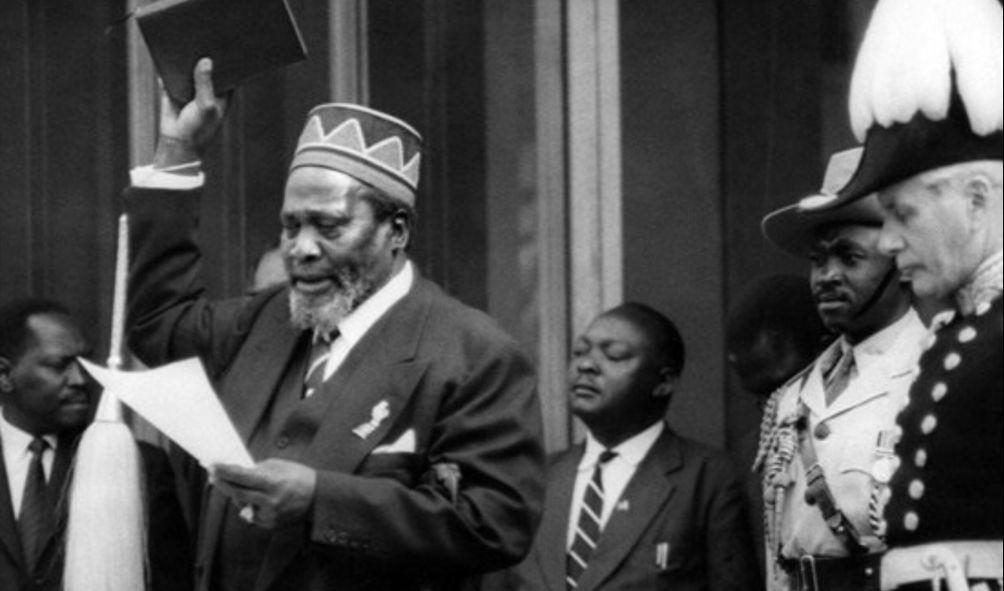Govt Speaks on Moving Jomo Kenyatta’s Remains
The Ministry of Gender, Culture, and Children Services has officially responded to a petition seeking to transfer the remains of Kenya’s founding President, Jomo Kenyatta, from Parliament Buildings to his ancestral home in Gatundu. The Ministry advised that the request should be handled through a multi-phased process.
The petition was filed by Kenyan citizen John Mweha on July 26. In his appeal, Mweha argued that Kenyatta’s current burial site was not symbolically or constitutionally linked to the legislature and may not reflect traditional African customs.
“This is a sincere, non-partisan appeal to the Government to initiate a dignified, consultative, and culturally sensitive process for the relocation of the remains of the late Mzee Jomo Kenyatta, the Founding Father and First President of the Republic of Kenya, from Parliament Grounds in Nairobi to his ancestral home in Gatundu, Kiambu County,” the petition stated.
He further argued that moving the remains would respect a possible wish of the late President and align with cultural values.
In a statement signed by CS Hannah Wendot, the Ministry acknowledged the concerns raised but emphasized that the issue involves serious legal and constitutional implications.
ALSO READ:
- “Two Groups, One Agenda”: Gachagua Accuses Raila of Secret Political Deals
- Exclusive: Ida Odinga’s 75th Birthday Party in Karen (Photos)
- FKF President Discloses Exact Amount Paid to Harambee Stars Players
- Gachagua’s Ally Senator John Methu Admits Ruto Might Win 2027 Elections
- Maraga Explains Why He Hasn’t Campaigned in Kisii Despite 2027 Bid
“The petition’s reliance on constitutional provisions is robust but requires deeper scrutiny to assess its legal viability. Consequently, a multi-phased approach,” read part of the response from the CS.
The Ministry added that before such a decision can be made, the Kenyatta family must be consulted and cultural traditions respected.
“Consequently, a multi-phased approach combining cultural validation, family engagement and legislative/judicial oversight is necessary to ensure compliance with the law and national unity,” the statement continued.
Currently, Kenya’s Constitution does not specify where a former President should be buried, only requiring that they be accorded a State funeral.
The late President Jomo Kenyatta, who died on August 22, 1978, from stroke complications, was laid to rest at Parliament Buildings as a symbol of his role in Kenya’s independence and as the country’s first Head of State.
Since his burial, the mausoleum has remained heavily guarded and closed to the public. A separate petition has also been filed seeking to allow Kenyans access to view it.
Govt Speaks on Moving Jomo Kenyatta’s Remains
